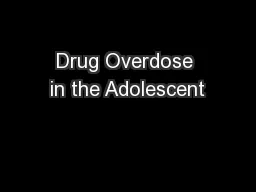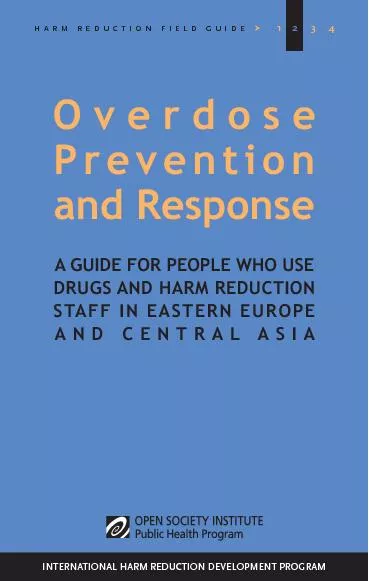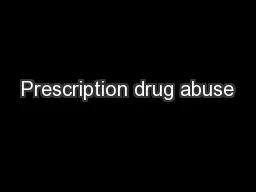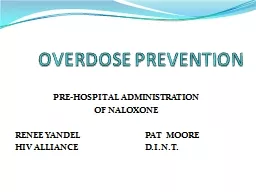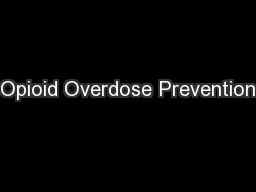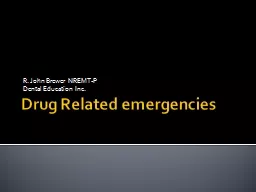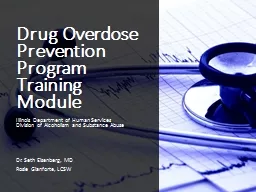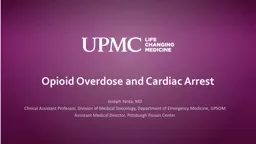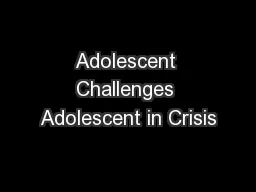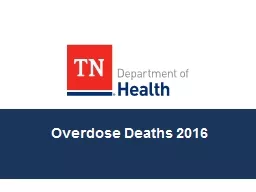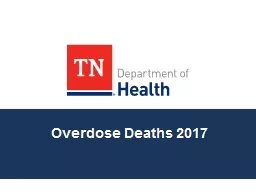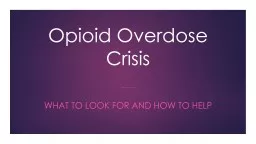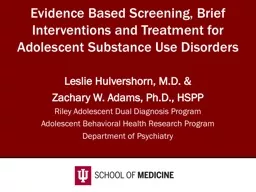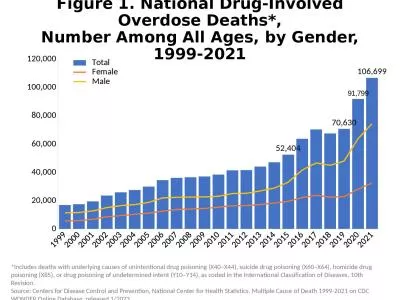PPT-Drug Overdose in the Adolescent
Author : yoshiko-marsland | Published Date : 2018-03-11
Carla Laos MD FAAP Pediatric Emergency Medicine Physician Objectives Provide epidemiology surrounding adolescents and overdose and suicide Discuss the medical effects
Presentation Embed Code
Download Presentation
Download Presentation The PPT/PDF document "Drug Overdose in the Adolescent" is the property of its rightful owner. Permission is granted to download and print the materials on this website for personal, non-commercial use only, and to display it on your personal computer provided you do not modify the materials and that you retain all copyright notices contained in the materials. By downloading content from our website, you accept the terms of this agreement.
Drug Overdose in the Adolescent: Transcript
Download Rules Of Document
"Drug Overdose in the Adolescent"The content belongs to its owner. You may download and print it for personal use, without modification, and keep all copyright notices. By downloading, you agree to these terms.
Related Documents

